Erica Ezeifedi, Associate Editor, is a transplant from Nashville, TN that has settled in the North East. In addition to being a writer, she has worked as a victim advocate and in public libraries, where she has focused on creating safe spaces for queer teens, mentorship, and providing test prep instruction free to students. Outside of work, much of her free time is spent looking for her next great read and planning her next snack.
Find her on Twitter at @Erica_Eze_.
Earlier this year, there was an article I discussed during a Hey YA episode with my cohost, Kelly Jensen. It spoke about how graphic novels are becoming more popular, and how they are positively influencing children’s relationship with books. This is because they are among the first books early readers will reach for to read on their own. And, as you might guess, increased and enthusiastic reading helps to foster a propensity for future reading.
What’s more, according to Namrata Tripathi, founder and publisher of a children’s book imprint at Penguin Young Readers, graphic novels’ quick-to-read quality helps kids dip in and out of narratives faster. They allow “kids to cycle through different stories, find one they connect with, and spend a lot of time with that particular story. Kids often read books with characters a few years older than they are, dealing with issues they’re curious about.”
I think this can be applied to adult readers of graphic novels, too, especially when the graphic novels are translated. For example, it was through the below graphic novels that I first learned about Iran during the Islamic Revolution, the Ivory Coast during its affluent era, and the lives of married Japanese women in the ’80s.
But don’t get it twisted—these stories aren’t all serious, all the time. They’ve got mess, drama, and humor for days. And, they’re perfect for if you’re looking to fulfill task #14 of the 2025 Read Harder Challenge: Read a comic in translation.
Persepolis by Marjane Satrapi, translated by Mattias Ripa
Let’s get started with a graphic memoir that made waves upon its release and long after. It’s even been listed as one of New York Times’s 100 Best Books of the 21st Century. In it, we watch Marjane Sartrapi as she grows up in Iran during the Islamic Revolution. Black-and-white drawings illustrate Satrapi’s childhood, where she witnessed the overthrow of the Shah’s regime, the Islamic Revolution, and the effects of the war with Iraq. All of this is seen from a very unique perspective—that of a child of Marxists and the great-granddaughter of one of Iran’s last emperors. Perseopolis is where the personal is wholly intertwined with the political.
Aya of Yop City by Marguerite Abouet, illustrated by Clément Oubrerie, translated by Helga Dascher
Aya of Yop City has some similarities with Persepolis. Both show the everyday lives of people living in countries that often get stereotyped in the West, and both are based on their authors’ lives, though Aya has a looser basing. It’s also funny. I’ve seen it described as having a sitcom-like structure, with its jumping around from story to story and its zany characters. It takes place in 1978, when the Ivory Coast is experiencing a period of affluence. We follow 19-year-old Aya and her friends Adjou and Bintou, and the hijinks they and their meddling friends and family get into.
Erica Ezeifedi, Associate Editor, is a transplant from Nashville, TN that has settled in the North East. In addition to being a writer, she has worked as a victim advocate and in public libraries, where she has focused on creating safe spaces for queer teens, mentorship, and providing test prep instruction free to students. Outside of work, much of her free time is spent looking for her next great read and planning her next snack.
Find her on Twitter at @Erica_Eze_.
Moms by Yeong-Shin Ma, translated by Janet Hong
Three middle-aged South Korean mothers—Lee Soyeon, Myeong-ok, and Yeonjeong—have been subjected to decades of lackluster sex, trifling men, and raggedy gender norms, and they are tired of it. To remedy the want in their lives, they get into all kinds of darkly funny goings-on: Lee Soyeon divorces her gambling husband but gets tied to a snake of a man; Myeong-ok gets into things with a younger man; and Yeonjeong seeks out a gym acquaintance since her husband has erectile dysfunction. These ladies are lit.
The Way of the Househusband, Vol. 1 by Kousuke Oono
Main character, Tatsu, provides a good portion of this manga’s comic relief as a former member of the yakuza who now spends his days as a loving househusband to his wife, Miku. Turns out you can take the husband out of the yakuza, but you can’t take the yakuza out of the husband. Tatsu’s natural aesthetic and demeanor are just a little too gangster-adjacent and still reflect his time as the much-feared “Immortal Dragon,” and his facial expressions still make people sweat. They’re also just a little out of place in the clearance section of the grocery store. Tatsu brings a hilarious intensity to the most mundane and everyday househusband chores, and it’s fun to watch him interact with his neighbors.
“Get you a man who can do both! “— Miku, probably
Goblin Girl by Moa Romanova, translated by Melissa Bowers
Who among us hasn’t felt like a goblin girl (inclusive) from time to time? Especially those of us who have caught the eye of a celebrity after being broke, busted, and disgusted? Romanova shows us what it’s like to have a 53-year-old man of means fund your lifestyle and encourage you…and the cost on your mental health it takes.
Talk to My Back by Yamada Murasaki (Author), Ryan Holmberg (Translator)
If “talk to my back” is the Japanese version of “talk to the hand,” this title is serving an extra bit of life, especially considering its subject matter: it follows Chiharu as she struggles with the state of her marriage and mothering two teenage daughters. As her husband’s disregard for her—he sees her as a domestic servant and cheats on her regularly—becomes apparent, so too does Japan’s failing of its female population. Murasaki was the first manga artist to use manga as a medium to explore the lives of Japanese women in such an honest way, and Talk to My Back was originally published serially in the influential alternative manga magazine Garo from 1981-84.
All My Bicycles by Powerpaola, translated by Andrea Rosenberg
We’re closing things out with another graphic memoir, though this one is nonlinear. It follows Powerpaola as she ponders on certain inanimate objects and animals—like bicycles and alligators—and uses her memory and experience with them to better understand her relationships, herself, and the world.
Join All Access to read this article
Get access to exclusive content and features with an All Access subscription on Book Riot.
- Unlimited access to exclusive bonus content
- Community features like commenting and poll participation
- Our gratitude for supporting the work of an independent media company

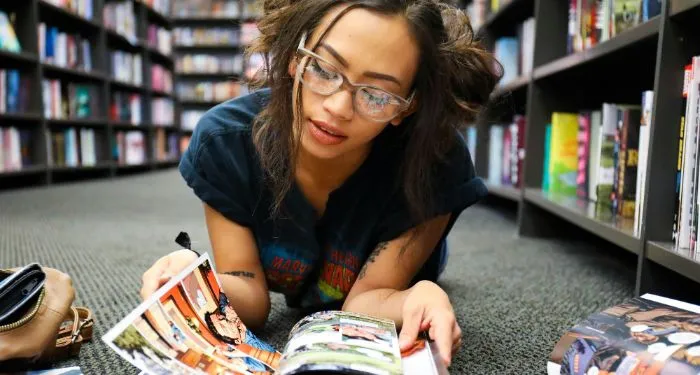
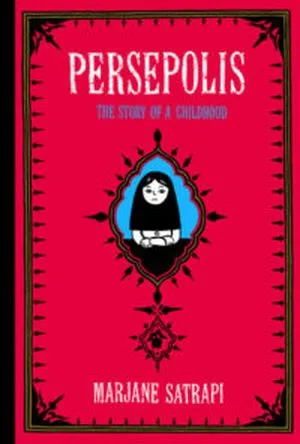
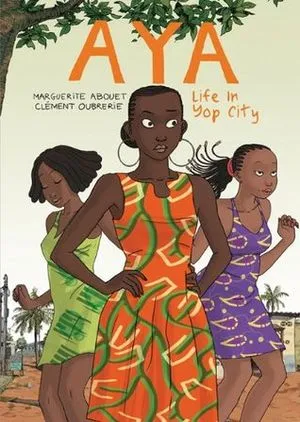

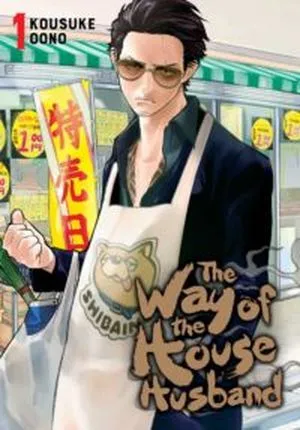

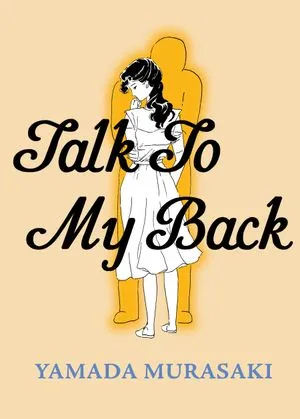
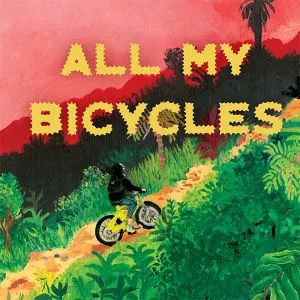






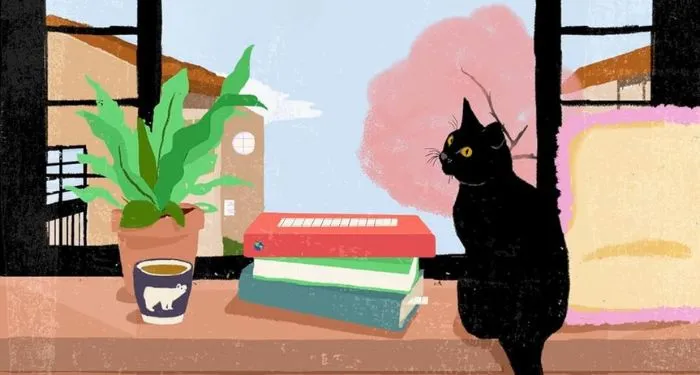
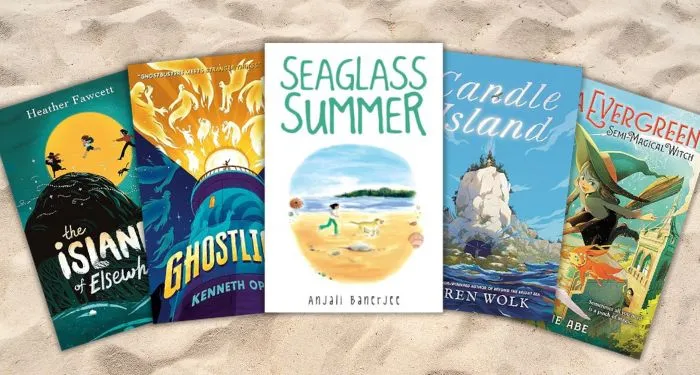










 English (US) ·
English (US) ·